Orientation of arrangement and reorganization
Pursuant to Conclusion No. 137-KL/TW dated March 28, 2025 of the Politburo and Secretariat, on April 12, 2025, the Ministry of Health issued Official Dispatch No. 2147/BYT-TCCB to the People's Committees of provinces and centrally run cities, providing guidance on the arrangement and reorganization of medical facilities in the context of implementing the 2-level local government model.
Accordingly, the Ministry of Health proposed to maintain and preserve the existing commune, ward and town health stations and transfer them to the People's Committees of the new communes and wards for management. After the reorganization, each commune and ward will have at least one health station; depending on the population size and specific geographical characteristics, localities can maintain or reorganize and establish new health stations managed by the People's Committees of communes and wards to meet the primary health care needs of the people. The health stations will continue to perform their functions, tasks and powers according to Circular No. 33/2015/TT-BYT dated October 27, 2015 of the Ministry of Health.

Regarding human resources, the new health stations will receive staff from the old health stations, and will be supplemented by staff from provincial health facilities and district, town, and city health centers. The Ministry of Health requires that each new health station must have at least 2 doctors or more to meet professional requirements.
After issuing Official Dispatch No. 2147/BYT-TCCB, the Ministry of Health has drafted a new Circular to replace Circular No. 33/2015/TT-BYT. The draft Circular guides the functions, tasks, powers and human resource structure of new commune and ward health stations, and is open for comments until May 28, 2025.
In the draft, the Ministry of Health proposed the model: Commune health stations are public health service units under the People's Committees of communes and wards; have legal status, headquarters, seals and separate accounts at the State Treasury and banks according to the law. The health stations are under the comprehensive management of the People's Committees at the commune level, and at the same time are under the professional state management of the Department of Health and receive professional guidance and instructions from specialized units such as preventive medicine, food safety, population, social protection, mothers and children, etc.
In terms of function, commune and ward health stations are responsible for providing primary health care services including: preventive medicine, medical examination and treatment, rehabilitation, reproductive health, food safety, population, social protection, prevention of social evils... In particular, the draft empowers health stations to perform many new techniques such as testing, diagnostic imaging, functional exploration, performing procedures, simple surgery and referral - gradually operating as a "miniature hospital", instead of depending on the district level as before.

According to the draft, the commune health station has a station chief and deputy station chief; the number of deputy station chiefs is implemented according to the provisions of the law of the competent authority. Organizations under the commune health station include: Department of Disease Prevention; Department of Medical Examination and Treatment and Rehabilitation; Department of Pharmacy - Paraclinical; Department of Population - Social Protection - HealthEducation and Communication; Station office (administration, organization, accounting, cashier, information technology...); Health station points; Other organizations under the health station (if any) with functions and tasks prescribed by the competent authority based on the needs and actual conditions in the locality and according to the provisions of law.
Ensure continuous, smooth operation
After the Ministry of Health announced the draft Circular guiding the functions, tasks, powers and human resource structure of Commune and Ward Health Stations according to the new model, there were many responses from the grassroots.
A doctor in Nghe An said that building a medical station into a "miniature hospital" is necessary, in line with the trend of developing a fair, comprehensive and quality health system. This model also meets the reality that the population size and area of communes and wards have now expanded significantly.
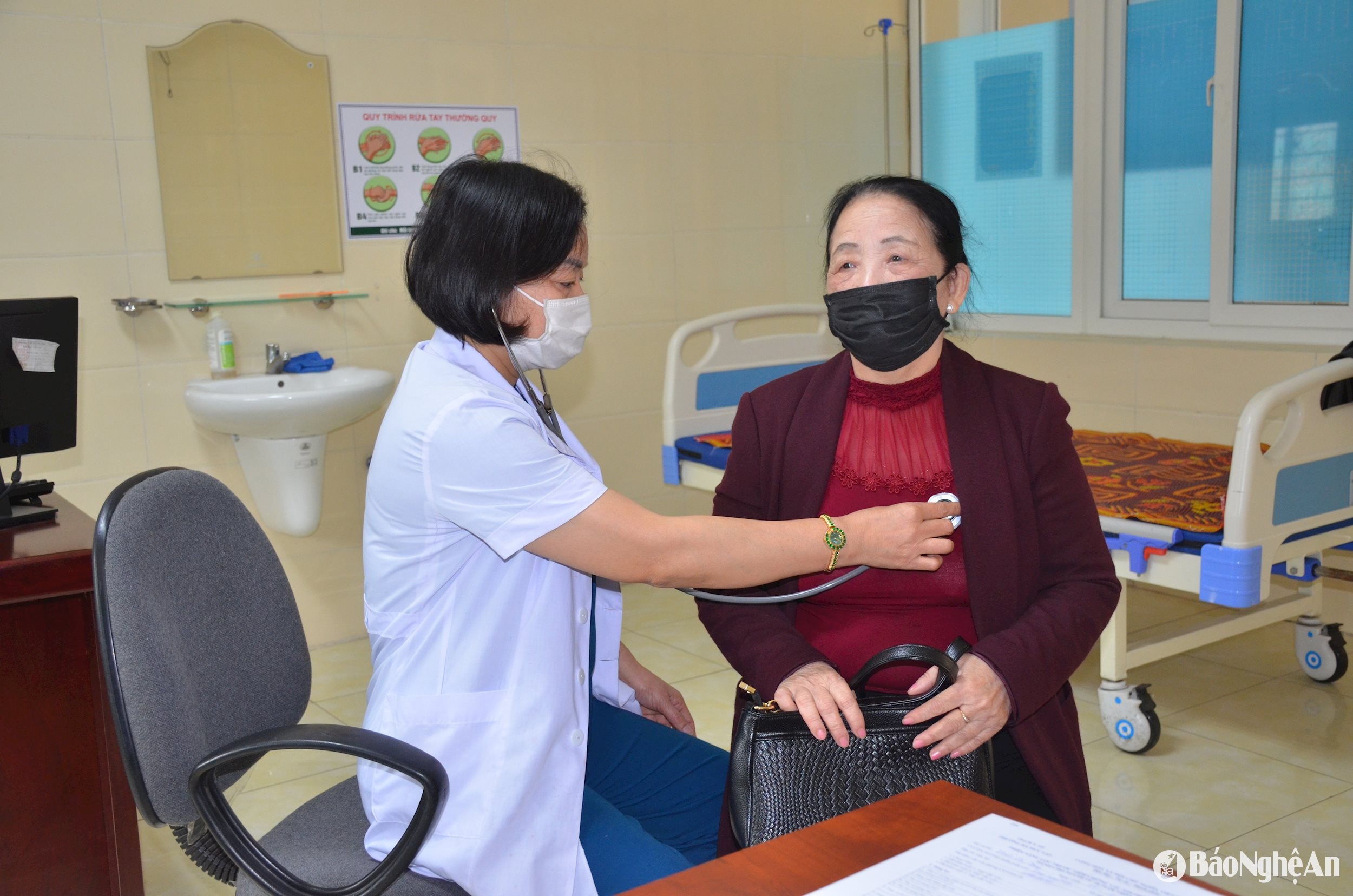
However, one model should not be rigidly applied to all, because the population, socio-economic conditions and financial capacity of each locality are different. Therefore, there needs to be flexibility in the organization of the apparatus to avoid cumbersome and wasteful situations. At the same time, the development of medical stations in the direction of miniature hospitals also requires synchronous investment in human resources, facilities, modern equipment and finance.
A health station head in Nghe An (who requested anonymity) also agreed with the policy of upgrading health stations. However, he expressed his wish that health stations would continue to be managed vertically by the Department of Health to ensure synchronous and effective operations. If the entire health station were transferred to the People's Committee of the commune or ward for management, each health station would become an independent public service unit, making it difficult for the health sector to mobilize and rotate personnel when necessary. Furthermore, if commune-level managers do not have medical expertise, the station's operations could encounter many obstacles and shortcomings.
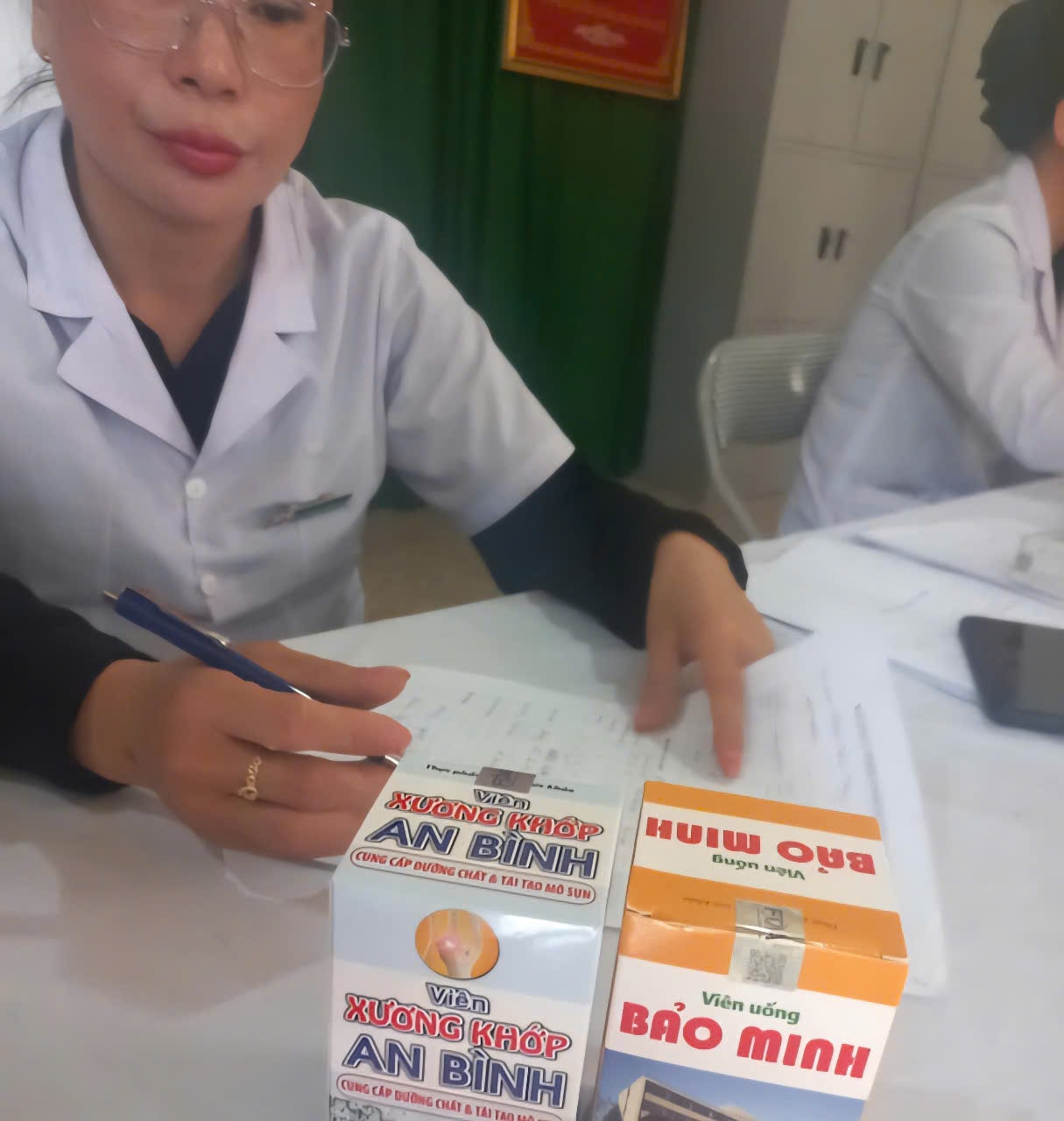
In fact, in Nghe An, there have been cases showing that these concerns are well-founded. Specifically, the People's Committee of Pha Danh Commune (Ky Son District) signed a confirmation for a group of people from Viet My International Investment and Consulting Joint Stock Company to go to the villages to conduct health check-ups and sell functional foods. Meanwhile, this company has not been licensed by the Nghe An Department of Health to organize health check-ups and is not allowed to sell products. This behavior violated the Law on Medical Examination and Treatment No. 15/2023/QH15 and Decree No. 96/2023/ND-CP of the Government.
Up to now, the draft Circular has ended the consultation period. However, the proposal to assign health stations under the People's Committees of communes and wards has not yet received high consensus. Recently, the Ministry of Health continued to draft the Resolution of the Politburo on breakthroughs in public health care. This draft proposed a model of grassroots health care organizations under the Department of Health, while being under the administrative management of the People's Committees at the commune level - an option considered more flexible.
In Nghe An, the arrangement and reorganization of commune and ward health stations is being implemented according to Conclusion No. 137-KL/TW dated March 28, 2025 of the Politburo and Secretariat. On June 9, 2025, the Provincial Party Committee issued Document No. 88-TTr/DU on the policy of rearranging district-level public service units, which clearly stated: Maintain existing commune and ward health stations and transfer management rights to the People's Committees of new communes after the arrangement. On June 13, 2025, the Standing Committee of the Nghe An Provincial Party Committee issued Notice No. 1868-TB/TU, agreeing with the above plan.
The leader of Nghe An Department of Health said: After completing the arrangement of commune-level administrative units, based on the scale and characteristics of each locality, the health sector will reorganize health stations into public service units under the People's Committee of the commune. Each commune and ward has 01 health station and may have additional satellite stations to ensure the provision of essential health services closest to the people. The health sector will accompany and provide comprehensive support so that health stations operate stably, continuously, uniformly and without interruption during the transition period.
Source: https://baonghean.vn/to-chuc-lai-tram-y-te-theo-mo-hinh-chinh-quyen-dia-phuong-2-cap-10299758.html








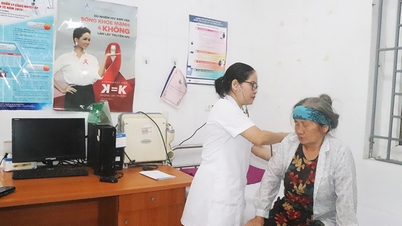

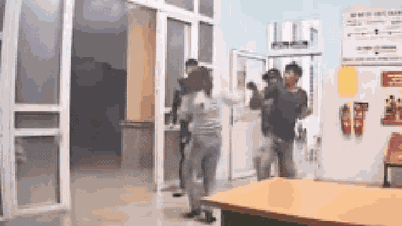

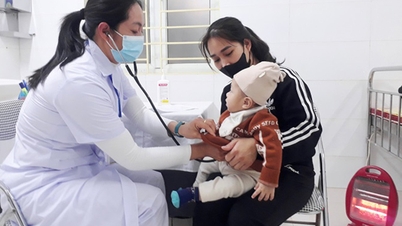
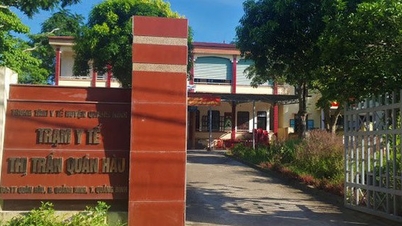



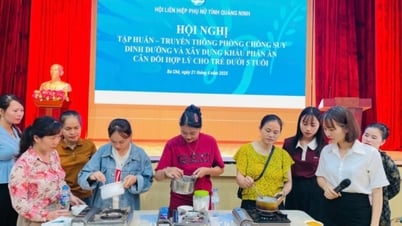

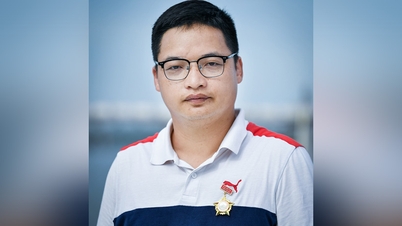



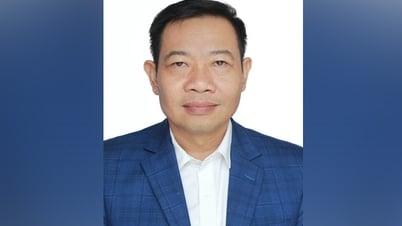

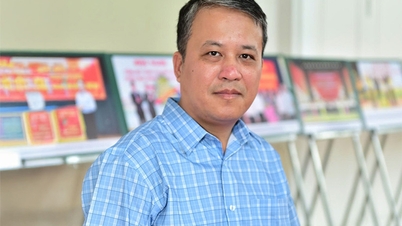






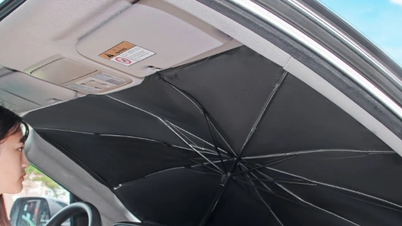
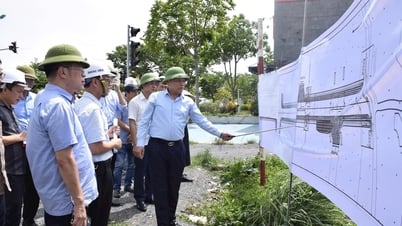




















































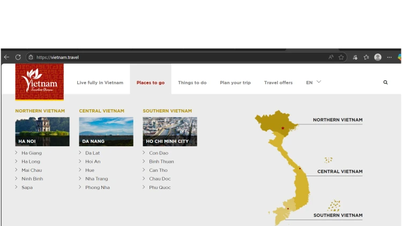


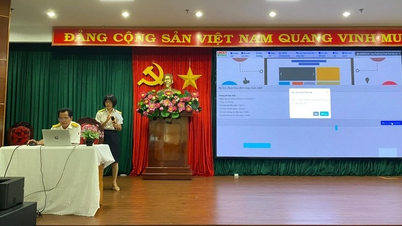

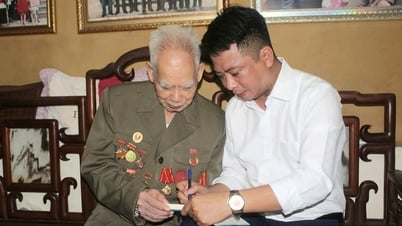













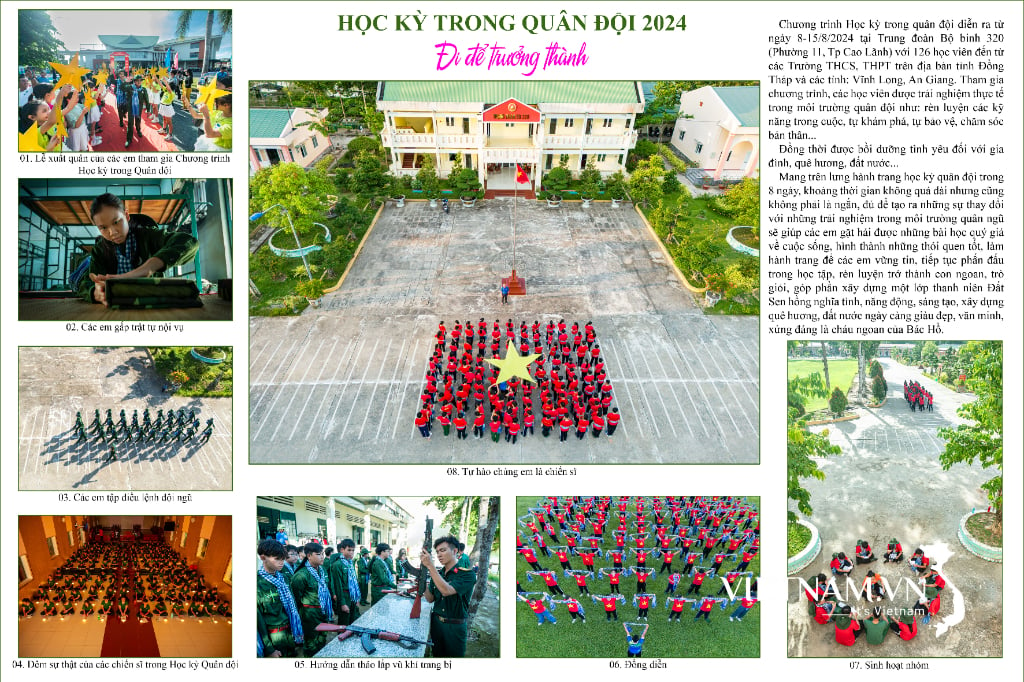
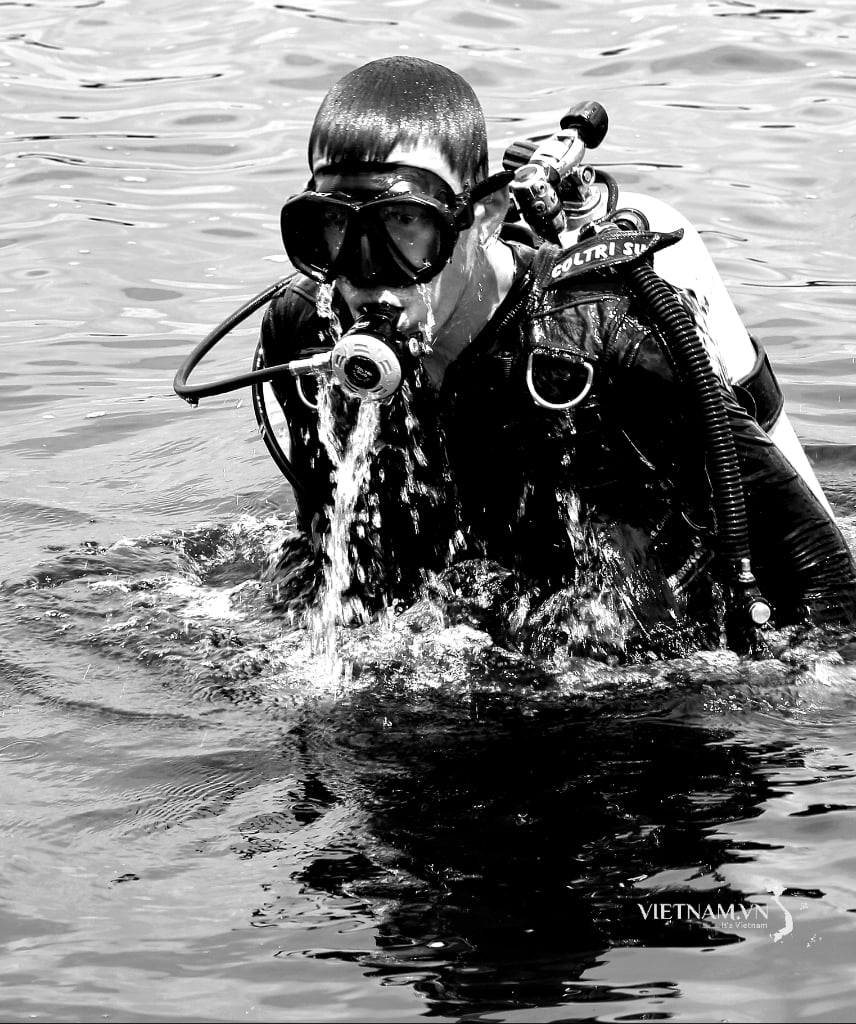

Comment (0)